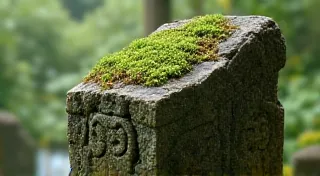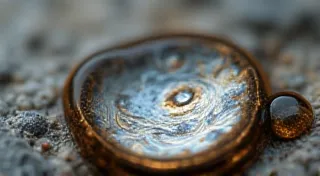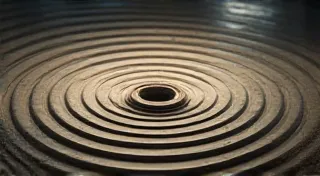Chromatic Echoes: Deciphering the Soul of a Hand-Swirled Marble
There’s a particular magic held within a hand-swirled marble. It isn’t simply a sphere of glass; it's a captured moment, a fleeting echo of artistry, a tangible connection to a time when craftsmanship wasn’s just a process, but a passion. Many of us, as children, delighted in the simple joy of collecting them, sorting them by color and size. But the truly special pieces, the antique hand-swirled marbles, offer something far more profound – a glimpse into the heart of the artisan who breathed life into them.
Imagine, if you will, a small workshop, perhaps in Germany or Czechoslovakia in the late 19th or early 20th century. A skilled glassblower, his hands calloused but nimble, carefully heating rods of colored glass – cobalt blue, emerald green, fiery orange – within a furnace's glow. These weren’s precise, pre-mixed batches. Instead, he’s intuitively blending them, guided by experience and a practiced eye. He’s not following a formula; he’s creating something unique, something that reflects his current mood, his artistic sensibility.
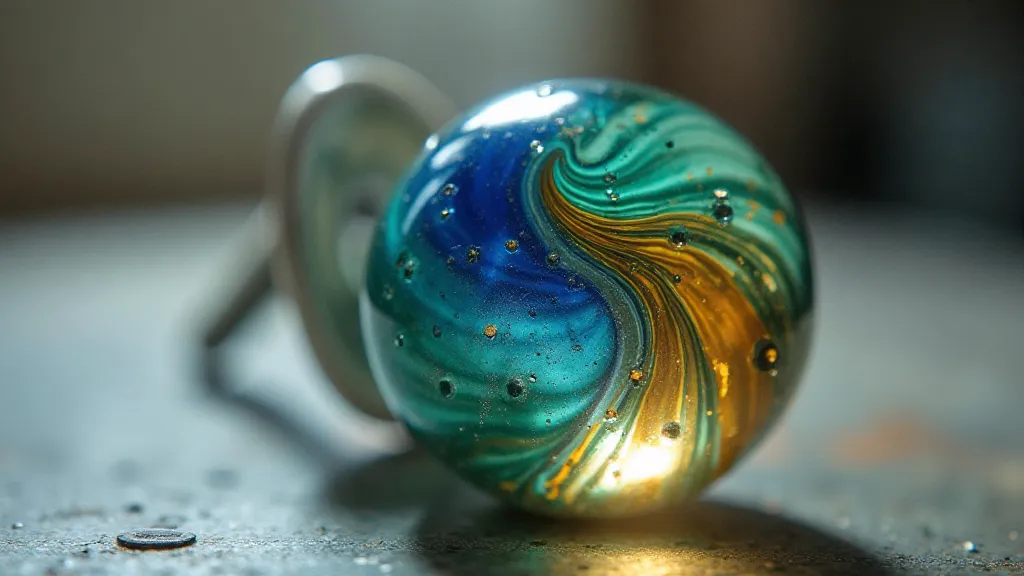
The Dance of Color and Heat: Manufacturing Techniques
The process itself was a delicate dance. The glassblower would gather a gob of molten glass onto a mandrel and, with astonishing speed and precision, roll it across a marver (a flat, smooth surface) while simultaneously layering and swirling the colored glass. This wasn’t a standardized process; it demanded an innate understanding of how the colors would react and blend under heat. Some artisans specialized in particular color combinations—the deep purples and yellows known as “sunset” swirls, the vibrant greens and reds associated with Christmas marbles, the mesmerizing patterns of the “giant” swirls – each a testament to their individual flair.
The unique appearance of hand-swirled marbles arises from several factors, beyond just the colors employed. The rate of cooling influenced the final patterns, as did subtle variations in glass composition and the skill of the blower. Imperfections, often perceived as flaws by modern eyes, are actually hallmarks of authenticity. A tiny bubble trapped within the glass, a slight wave in a swirl – these are not mistakes; they are fingerprints of the artist, proof of a hand-made object born from fire and skill.
A Window to the Past: The Historical Context
The boom in marble production coincided with the Industrial Revolution, yet the continued popularity of hand-swirled marbles showcases the enduring human desire for unique, handcrafted items. Mass production was emerging, but for a certain market, the artistry and individual character of hand-swirled marbles held unparalleled appeal. They were often traded, used as currency amongst children, and collected as treasured possessions. These weren’t just toys; they were symbols of childhood, of community, of a simpler time.
My own grandfather, a quiet man of few words, shared his collection with me when I was a child. He’s told me stories of bartering marbles for sweets and small trinkets. He regarded his collection not as a mere assortment of glass spheres, but as tangible links to his own childhood, to the friends he’s made, and the games he’s played. Seeing the reverence in his eyes ignited within me a lifelong fascination with these small works of art.
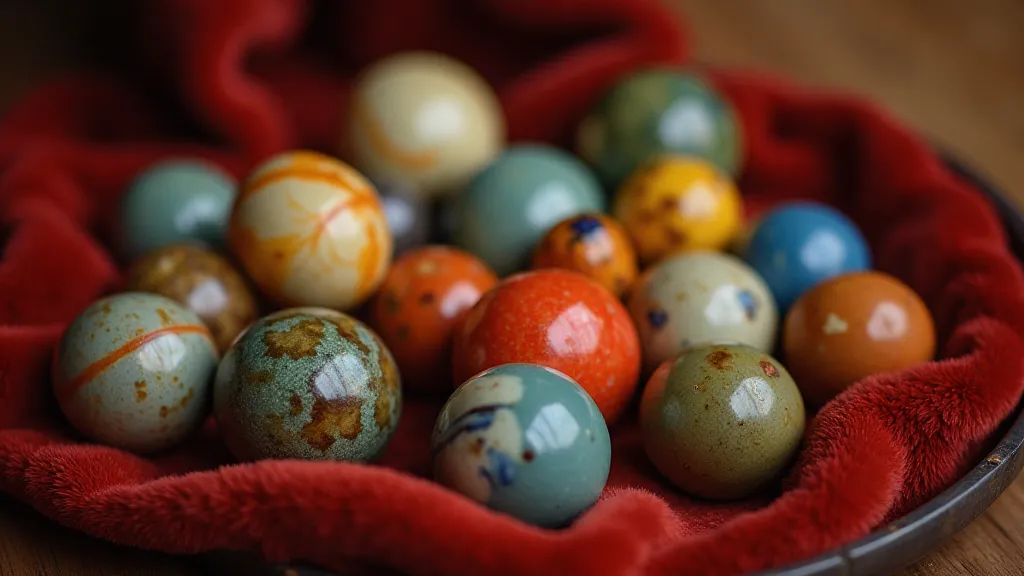
Deciphering Value: Rarity and Aesthetics
Determining the value of a hand-swirled marble is a complex equation. Rarity, of course, plays a significant role. Certain colors are intrinsically more valuable—deep cobalt blues, for instance, are rarer than common greens. Size also matters; larger marbles, often referred to as “giant” or “colossal,” command higher prices. Condition is paramount; cracks, chips, and significant cloudiness dramatically reduce value. But beyond these objective factors, aesthetic appeal is hugely important. A marble with a particularly striking swirl, a harmonious blend of colors, or a unique pattern can be worth significantly more than a similar marble with less desirable visual qualities.
The study of antique marbles has developed its own subculture, complete with terminology and collecting strategies. Experienced collectors can often identify the region or workshop where a marble was made based on subtle stylistic cues—the shape of the swirl, the type of coloring technique employed, the presence of characteristic bubbles or imperfections.
Beyond the Surface: Restoration and Preservation
While restoring antique marbles is generally discouraged – original condition is almost always preferable – careful cleaning can sometimes reveal hidden beauty. Years of grime and dirt can obscure the true colors and patterns. Gentle cleaning with distilled water and a soft cloth is typically sufficient. Harsh chemicals and abrasive cleaners should be avoided at all costs. Proper storage is also essential; marbles should be kept away from direct sunlight and extreme temperatures to prevent further damage.
For a collector, the true joy isn't always about acquiring the rarest or most valuable pieces. It’s about appreciating the artistry, the history, and the human connection that these small spheres embody. Each marble tells a story – a story of craftsmanship, of childhood, of a time when beauty was often found in the simplest of things.
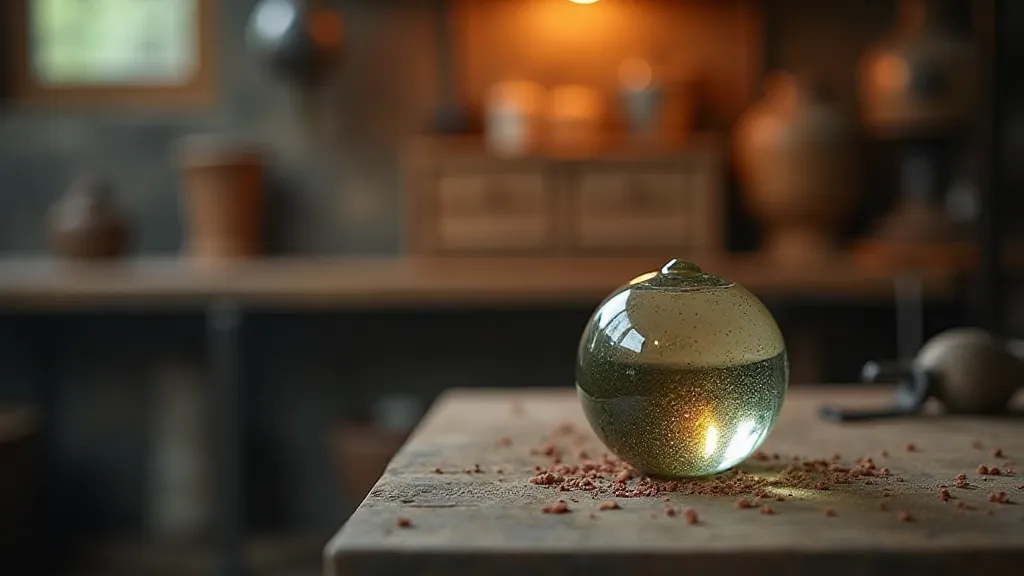
The Enduring Appeal
Holding a hand-swirled marble in your hand is more than just experiencing an object; it’s connecting with the spirit of the artisan who shaped it. It's a small window into a world where skill and passion were valued above efficiency and mass production. As the world continues to modernize, the appreciation for these hand-made treasures grows stronger, a testament to their enduring charm and the beauty of a bygone era.


